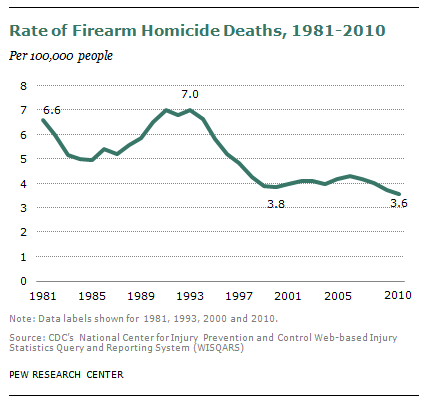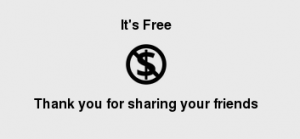NCSU Offers Social Media Archives Toolkit for Libraries by Matt Enis.
From the post:
North Carolina State University (NCSU) Libraries recently debuted a free, web-based social media archives toolkit designed to help cultural heritage organizations develop social media collection strategies, gain knowledge of ways in which peer institutions are collecting similar content, understand current and potential uses of social media content by researchers, assess the legal and ethical implications of archiving this content, and develop techniques for enriching collections of social media content at minimal cost. Tools for building and enriching collections include NCSU’s Social Media Combine—which pre-assembles the open source Social Feed Manager, developed at George Washington University for Twitter data harvesting, and NCSU’s own open source Lentil program for Instagram—into a single package that can be deployed on Windows, OSX, and Linux computers.
“By harvesting social media data (such as Tweets and Instagram photos), based on tags, accounts, or locations, researchers and cultural heritage professionals are able to develop accurate historical assessments and democratize access to archival contributors, who would otherwise never be represented in the historical record,” NCSU explained in an announcement.
“A lot of activity that used to take place as paper correspondence is now taking place on social media—the establishment of academic and artistic communities, political organizing, activism, awareness raising, personal and professional interactions,” Jason Casden, interim associate head of digital library initiatives, told LJ. Historians and researchers will want to have access to this correspondence, but unlike traditional letters, this content is extremely ephemeral and can’t be collected retroactively like traditional paper-based collections.
“So we collect proactively—as these events are happening or shortly after,” Casden explained.
…
I saw this too late today to install but I’m sure I will be posting about it later this week!
Do you see the potential of such tooling for defeating would-be censors of Twitter and other social media?
More on that later this week as well.




